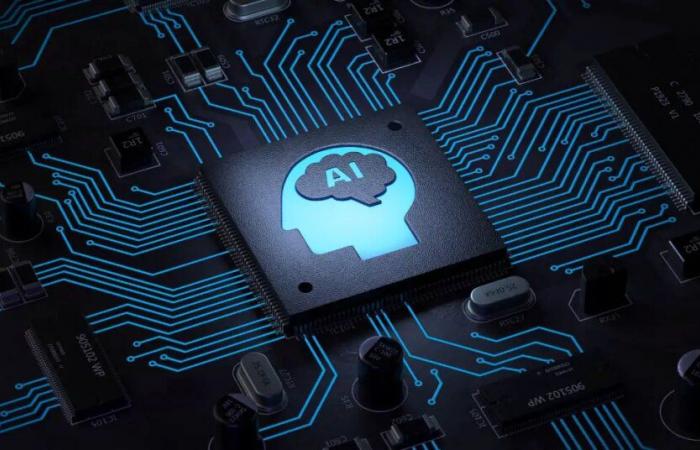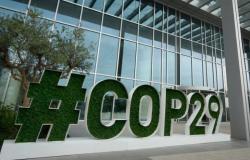Artificial intelligence (AI) is omnipresent in all aspects of our environment and SMART – a media and digital agency – has understood this well. This integration has led to numerous changes, both at the level of the agency as a whole and in each of its divisions.
But what are the effects? Positive? Negatives? To enlighten us in more detail on the subject, Hugo Houlné, Head of Digital & Partner at SMART, takes part in this interview.
JUPDLC: How did you manage to integrate artificial intelligence into SMART? When did you start this process and what were the main challenges?
Hugo Houlné: Artificial intelligence has actually been a pillar that has existed in our businesses for a long time, particularly via media buying platforms such as Meta, Google Ads or DV360. These tools already use AI algorithms to automate auctions, predict performance, or even optimize budgets in real time.
However, over the past two years, we have seen a significant acceleration in AI, particularly in areas such as content creation and visual production. We then decided to integrate these new features in a more proactive way.
The main challenge has been finding a balance between technological innovation and human expertise, while training our teams to fearlessly adopt these tools and get the most out of them. The objective was to maximize efficiency without losing the strategic dimension that makes our agency strong.
JUPDLC: How did you train your teams in the use of AI and overcome any initial reluctance?
Hugo Houlne : From the start, we have insisted on the fact that AI is not there to replace humans, but to augment their capabilities. Our teams, accustomed to working with tools already integrating AI (such as predictive targeting or message automation), quickly saw the benefits brought by these new features.
We have focused on continuous monitoring: each employee regularly shares their discoveries and best practices, which has helped to remove any remaining hesitations. AI is now seen as an ally to solve internal problems and offer added value to customers.

JUPDLC: Let’s look in more detail at the uses of AI within the agency’s different services. How does it intervene in sectoral analyzes and in the optimization of media planning recommendations?
Hugo Houlne : AI is a valuable help for our project managers. Using machine learning algorithms, it can analyze massive volumes of industry data, identify complex trends and predict performance. This allows us to better understand markets and optimize our media planning recommendations in real time.
For example, by analyzing historical and current data, AI suggests specific strategies based on audience segments and channels. This large-scale personalization allows us to adjust our campaigns to maximize their impact.
JUPDLC: How can CROs better understand customer needs using AI?
Hugo Houlne : Account managers benefit from a detailed and up-to-date vision of each customer market thanks to predictive analysis tools. This allows them to identify economic, social or sectoral trends that could influence their clients’ activity.
By relying on these detailed insights, they can adopt a strategic consultant posture, with more relevant and personalized recommendations, thus strengthening their role as trusted partners.
JUPDLC: How has AI transformed the work of graphic designers?
Hugo Houlne : For our graphic designers, AI has been a real revolution. Repetitive tasks such as clipping, color correction or adapting visuals to different formats are now automated. This allows them to focus on more creative and strategic projects.
Additionally, AI suggests visual concepts based on current trends and automatically adapts creatives for different formats, languages and media. AI thus offers increased flexibility while leaving ample room for human creativity.

JUPDLC: How do SMART community managers use AI to optimize the creation and management of content on social networks?
Hugo Houlné: Our community managers rely on AI to increase efficiency and responsiveness. It generates draft publications aligned with the news and identity of each brand, while proposing content ideas likely to maximize engagement.
AI also analyzes feedback in real time, identifies prevailing sentiments, and flags emerging topics. This makes it possible to quickly adjust editorial strategies and stay in line with community expectations.
JUPDLC: What are the results obtained by traffic managers with the use of AI?
Hugo Houlne : Our traffic managers use AI to analyze campaign performance in depth. This allows them to quickly detect high-performing audience segments and reallocate budgets accordingly, in real time.
Using this approach, we were able to increase campaign effectiveness while reducing costs associated with underperforming placements. AI is becoming an essential lever to optimize our results.
JUPDLC: Whether in your customer, partner or internal relationships, have you felt any changes before and after using artificial intelligence? If yes, which ones?
Hugo Houlné: Yes, the introduction of AI has increased the trust of our customers. They see increased precision in our recommendations and concrete results. For our part, AI allows us to focus on high value-added tasks, thus strengthening the quality of our services and relationships.

JUPDLC: How do you handle ethical and data privacy issues related to the use of AI?
Hugo Houlne : Data confidentiality and ethics are at the heart of our approach. We apply strict protocols to comply with regulations, including GDPR.
JUPDLC: Has the agency found a balance in using AI with human expertise in its processes? If yes, how?
Hugo Houlne : Yes, we have achieved a balance by positioning AI as a complement to our human expertise, not a replacement. AI takes over automatable tasks, leaving experts to supervise and provide their strategic touch.
JUPDLC: What was the investment required to integrate AI and what return on investment have you seen?
Hugo Houlne : The investment is progressive, but the return on investment is now reflected in gains in efficiency and customer satisfaction, with better targeted campaigns and optimized processes.
B2B Talks

Hugo Houlne : AI remains less efficient in analyzes which require a nuanced understanding of certain creative or cultural aspects. For example, in the Luxembourg market, there are specific languages or cultural approaches which are still complex for AI.
Hugo Houlne : We plan to further explore generative AI technologies to create immersive and innovative content. We also want to push campaign personalization to the next level, always combining the power of AI with human expertise.
- -






